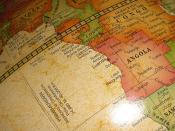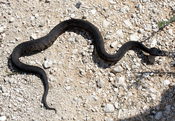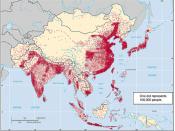lists snake poison rate none
Poisonous Snakes
Coral snake - 2 to 5 ft. long, in Americas south of Canada; bite may be painless; slow onset of paralysis, impaired breathing; mortalities rare, but high without antivenom and mechanical respiration.
Rattlesnake - 2 to 6 ft. long, throughout W. Hemisphere. Rapid onset of severe pain, swelling; mortality low, but amputation of affected digits is sometimes necessary; antivenom. Mojave rattler may produce temporary paralysis.
Cottonmouth water moccasin - up to 5 ft. long, wetlands of southern U.S. from Virginia to Texas. Rapid onset of severe pain, swelling; mortality low, but tissue destruction can be extensive; antivenom.
Copperhead - less than 4 ft. long, from New England to Texas; pain and swelling; very seldom fatal; antivenom seldom needed.
Bushmaster - up to 12 ft. long, wet tropical forests of C and S America; few bites occur, but mortality rate is high.
Barba Amarilla or Fer-de-lance - up to 7 ft.
long, from tropical Mexico to Brazil; severe tissue damage common; moderate mortality; antivenom.
Asian pit vipers - from 2 to 5 ft. long, throughout Asia; reactions and mortality vary, but most bites cause tissue damage and mortality is generally low.
Sharp-nosed pit viper or One Hundred Pace Snake - up to 5 ft. long, in S Vietnam and Taiwan, China; the most toxic of Asian pit vipers; very rapid onset of swelling and tissue damage, internal bleeding; moderate mortality; antivenom.
Boomslang - under 6 ft. long, in African savannahs; rapid onset of nausea and dizziness, often followed by slight recovery and then sudden death from internal hemorrhaging; bites rare, mortality high; antivenom.
European vipers - from 1 to 3 ft. long; bleeding and tissue damage; mortality low; antivenoms.
Puff adder - up to 5 ft. long, fat; south of the Sahara and throughout...


